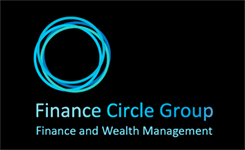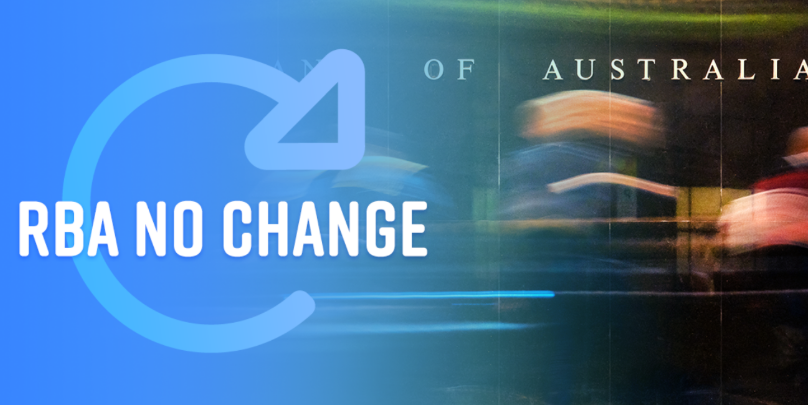The Reserve Bank of Australia (RBA) left the official cash rate on hold for November, as a battle for property looms between Australian first home buyers and investors.
Low property prices, reduced lending criteria and the lowest home loan rates since the 1950s are encouraging both first home buyers, and investors to make a move now to purchase property.
Investor Home Loan Activity
Investor home loan commitments rose markedly since June 2019. Over June, July and August, investor mortgage committments jumped by 11.6%. Given that investor activity dwindled from a peak of 43% in mid–2015 to a low of 25.8%, the change is significant.
Economists indicate investor market decline links directly to capped interest–only lending. Investor limits imposed on lenders also reduced investment capital, making it difficult for investors to purchase property.
According to data, on average, investor home loan rates sat at 0.58% higher than owner–occupier loans. However, credit policies have relaxed, and investor home loan rates are falling in comparison to owner–occupier mortgages, further boosting investor market interest.
Changes in home loan rates and rental yields are also making buying property more attractive for investors. In September 2019, the average interest rate for an investment loan was 3.8%, just 0.1% higher than the average rental yield of 3.7%. This margin makes property investment more attractive as investor outlay is less with higher returns.
So, how does investor activity compare to first home buyers?
First Home Buyer Activity
First home buyer activity increased in all Australian states and territories. Recent data suggests that first home buyers make up the largest segment of owner occupier home loan activity recorded since early 2012.
Australian Bureau of Statistics (ABS) data indicates that first home buyers make up 29.8% of the national mortgage market for owner–occupier home loans, which is 5% above the decade average. Similar trends occurred in states and territories, with first home buyers making up the largest portion of the market.
Why has this change occurred?
Economists indicate that home affordability has risen due to falling property values, and a decrease in home loan rates has given first home buyers the financial boost needed to break into the market. For instance, the highest home buyer activity is occurring in the Northern Territory (45%) and Western Australia (37%). Home values in these areas have declined by 27% and 23% respectively.
The introduction of the First Home Loan Deposit Scheme in January 2020 is expected to make marginal difference to the market due to scheme capping to the first 10,000 home buyers. This number of buyers makes up less than 10% of first home buyer numbers over the last 12–months.
So, what’s happened to the Australian housing market since recent cash rate drops?
Australian Housing Values
Home values in Australia bottomed in June 2019. However, CoreLogic RPData suggests that since then, these values have climbed with 2.9% growth realised over the last four consecutive months. The best performing capital is Melbourne with a 5.5% rise, while Perth is the weakest with a 1.7% decline.
The increase in Australian home values is the most significant month–on–month gain since May 2015. Consequently, the Australian property market is 5.7% below its peak making its current value similar to 2016 levels.
| Dwelling Values October 31, 2019 | |||||
| All Dwellings | |||||
| City or Suburb | Month % | Qtr. % | Year % | Total Return % | Median Values |
| Sydney | 1.7 | 5.0 | -2.5 | 1.0 | $817,886 |
| Melbourne | 2.3 | 5.5 | -1.0 | 2.3 | $650,197 |
| Brisbane | 0.8 | 1.1 | -1.3 | 3.3 | $493,426 |
| Adelaide | 0.4 | 0.1 | -0.9 | 3.6 | $433,140 |
| Perth | -0.4 | -1.7 | -8.7 | -4.7 | $435,119 |
| Hobart | 0.9 | 1.0 | 2.6 | 7.8 | $460,033 |
| Darwin | 0.3 | -1.2 | -9.2 | -2.3 | $394,132 |
| Canberra | 0.6 | 2.4 | 2.0 | 6.6 | $601,487 |
| Combined Capitals | 1.4 | 3.6 | -2.4 | 1.2 | $610,645 |
| Combined Regional | 0.4 | 0.5 | -1.9 | 2.9 | $378,495 |
| National | 1.2 | 2.9 | -2.3 | 1.6 | $529,860 |
Source: CoreLogic
Property values across most Australian capitals were higher in value. Although the most robust occurred in Sydney and Melbourne.
The rebound in Sydney and Melbourne homes values, according to CoreLogic, is due to a tighter labour market, increases in population and low home loan rates, as well as improved credit access.
Reductions in stamp duty, first home buyer bonuses, and other government incentives have boosted housing demand and increased home affordability. As a result, more first home buyers are entering the market.
So, how have Australian home values changed?
| Changes in Australian Home Values | |||
| All Dwellings | |||
| City or Suburb | Past 12 Months % | Past 5 Years % | Since Peak % |
| Sydney | -2.5 | 20.3 | -10.4 |
| Melbourne | -1.0 | 27.8 | -5.8 |
| Brisbane | -1.3 | 7.5 | -1.6 |
| Adelaide | -0.9 | 10.2 | -1.2 |
| Perth | -8.7 | -20.9 | -21.6 |
| Hobart | 2.6 | 39.1 | At Peak |
| Darwin | -9.2 | -30.0 | -30.6 |
| Canberra | 2.0 | 23.4 | At Peak |
| Combined Capitals | -2.4 | 14.9 | -6.9 |
| Combined Regional | -1.9 | 11.8 | -3.1 |
| National | -2.3 | 14.3 | -5.7 |
Source: CoreLogic
Melbourne home value recovery overtook Sydney in October, as property values in this capital increased by 2.3% during this month. These rises were the most significant month–on–month gains witnessed in Melbourne since November 2009.
Since May 2019, Melbourne property values have increased by 6.0%, while Sydney has risen by 5.3% over the same duration. Rises in home values also occurred in Brisbane (1.0%), Adelaide (0.1%), and Canberra (2.4%).
Given that property values continue to rise across most of Australia, and that home loan interest rates are the lowest they’ve been since the 1950s, it’s likely first home buyer and investor market interest will increase further. This activity is then expected to push Australian property prices up further as demand outweighs supply.
Are you looking for a more competitive first home buyer or investor mortgage? Then discuss your home loan options with Finance Circle Group.


